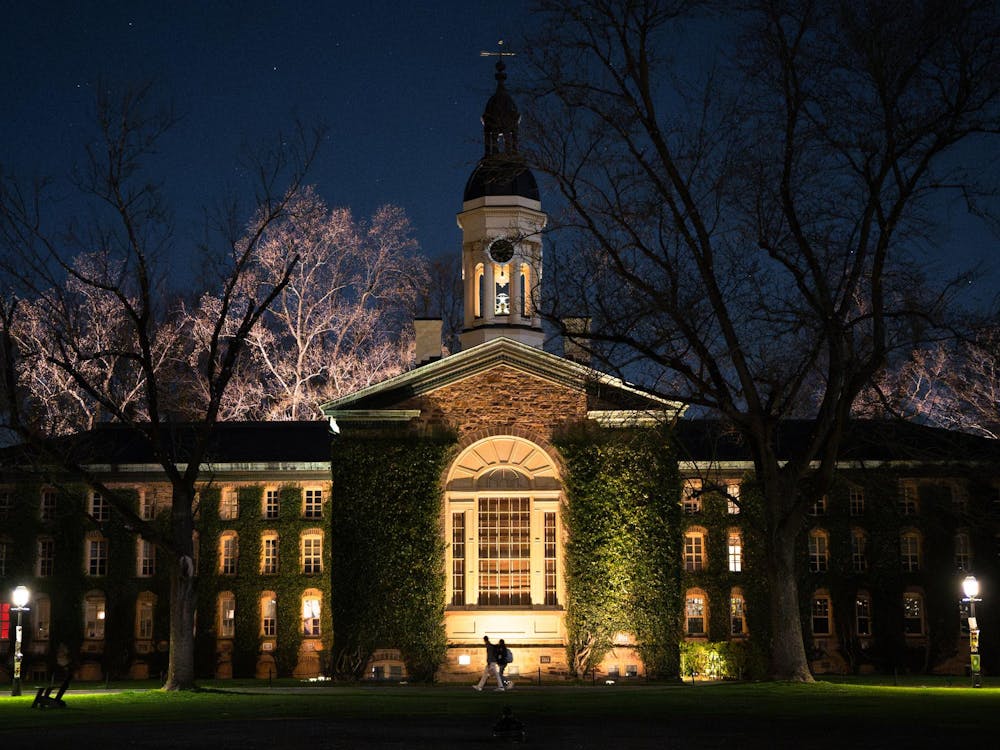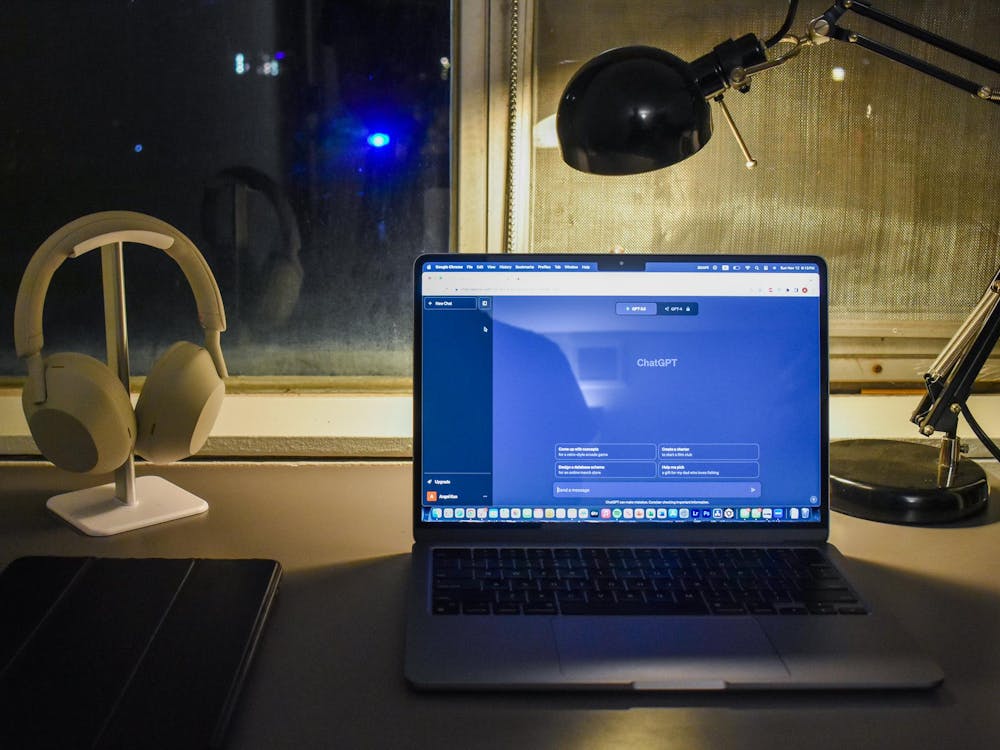There’s a reason you likely haven’t heard of academic receivership until now. On March 13, Trump administration officials demanded that Columbia implement this obscure, relatively unprecedented practice, requesting that the school “begin the process of placing the Middle East, South Asian, and African Studies (MESAAS) department under academic receivership for a minimum of five years.”
Traditionally, academic receivership occurs when a university assesses a specific department and determines, as a last resort option, that it needs scrutiny from outside. In this case, a new, outside chair is elevated, typically from a separate department. It’s a practice that’s rarely put into effect, but Columbia has done it before: in the early 2000s, university administrators placed the university’s English, Political Science, and Middle Eastern Studies departments under receivership.
The Trump administration’s demand is an astounding disruption of precedent. Beyond that, it is so incredibly abnormal that calling the demand “academic receivership” isn’t entirely accurate. This is the federal government attempting to take control of private academic institutions. In principle, this feels much more akin to nationalization, or condemnation — terms that refer to government repossession of private enterprise.
By labeling this demand as academic receivership — a process normally invoked by a university or college internally — the administration is making an effort to distract from the fact that the government is attempting to bypass the authority of a private institution.
Traditional receivership, imposed by universities on their own departments, has two main causes. The first is factionalism — especially in departments that lack a clean-cut discipline, like women’s studies, anthropology, and English, where departmental identity and the goals of study can be ambiguous, there can be fractious ideological debates that threaten the cohesive functioning of the department.
The second is lack of participation in or resistance to university-wide initiatives. While receivership has certainly led to departmental upheaval in past cases, it has always been implemented at the discretion of universities that intimately understood their own institutional priorities — not the federal government. The Trump administration’s flippant demand of Columbia amounts to reshaping a department to their will in an anti-academic fashion through a process genuinely used to resuscitate flailing departments.
But while typical instances of receivership may cause internal disputes, what matters is that it is the university that puts it in place. Academic institutions should always have this autonomy as an essential part of academic freedom.
It’s not as if the Trump administration sent in a friendly request to Columbia with the genuine hopes of rehabilitating a struggling department. Columbia acquiesced to the nullify a threat — the threat of losing $400 million dollars of federal funding. And it’s not certain that the Trump administration will even restore those funds as a result of their capitulation.
The demand for academic receivership at Columbia is an attack on the academic structure, standards, and free inquiry of a leading department in the field of ethnic studies. There is no term for what is happening to Columbia’s MESAAS department.
If the Trump administration's recent suspension of research grants is any indicator of Princeton’s future, it’s that we won’t be immune from Columbia’s fate. More invasive intervention might be coming to Princeton next, and we all must be prepared to fight back.
Opinion Writer Lillian Paterson is a first year prospective English major from Silver Spring, MD. She can be reached at lp3095@princeton.edu.









